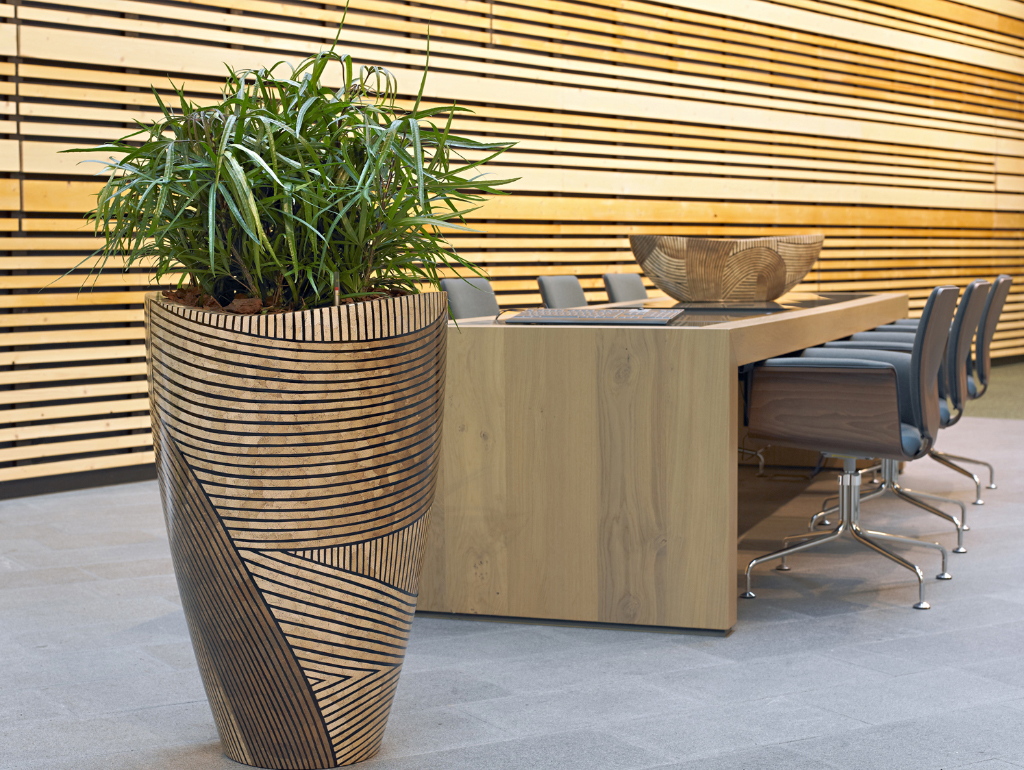
We already know that indoor plants can help to remove harmful substances from our air, but thanks to a study by Marius Ballieux, of Ballieux Organic Architects, and supported by our plant container suppliers Nieuwkoop, we now know that the improvements they make to the air are both dramatic and very quick.
Volatile Organic Compounds (VOCs) can be both natural and human made, such as those emitted by modern soft furnishings, electrical equipment and paints. Some can be harmful to both the environment and to our health: they can cause headaches, sore throats, dizziness and even life-limiting diseases if exposed to too great a concentration.
Modern building designs usually include ventilation systems to prevent VOCs from building up in interior air. But live plants can do this work too, and have the added benefits of improving general sense of wellbeing, stress levels and productivity. And we think they are more interesting to look at than a ventilation system!
Marius Ballieux’s research used NASA-validated equipment to measure the composition of air right down to the molecular level, in order to get an accurate reading of the concentration of VOCs.
Early studies in test environments showed that plants immediately began to bring down VOC levels in the air and, in the right quantity, could bring levels down to zero in the space of a few hours.
A further test was carried out in two real classrooms: one with plants and one without. Even though the classroom with plants had less than half the ideal number of plants for the best outcome (30 instead of 75), VOCs were soon reduced by 50 per cent.
Marius believes that plants should be factored into a building at the design stage, to ensure they are as effective as possible, but even placing plants in a room at a later stage can have a profound effect on air quality. And what better place to start than schools?
For more information about the study, go to Nieuwkoop’s website.
